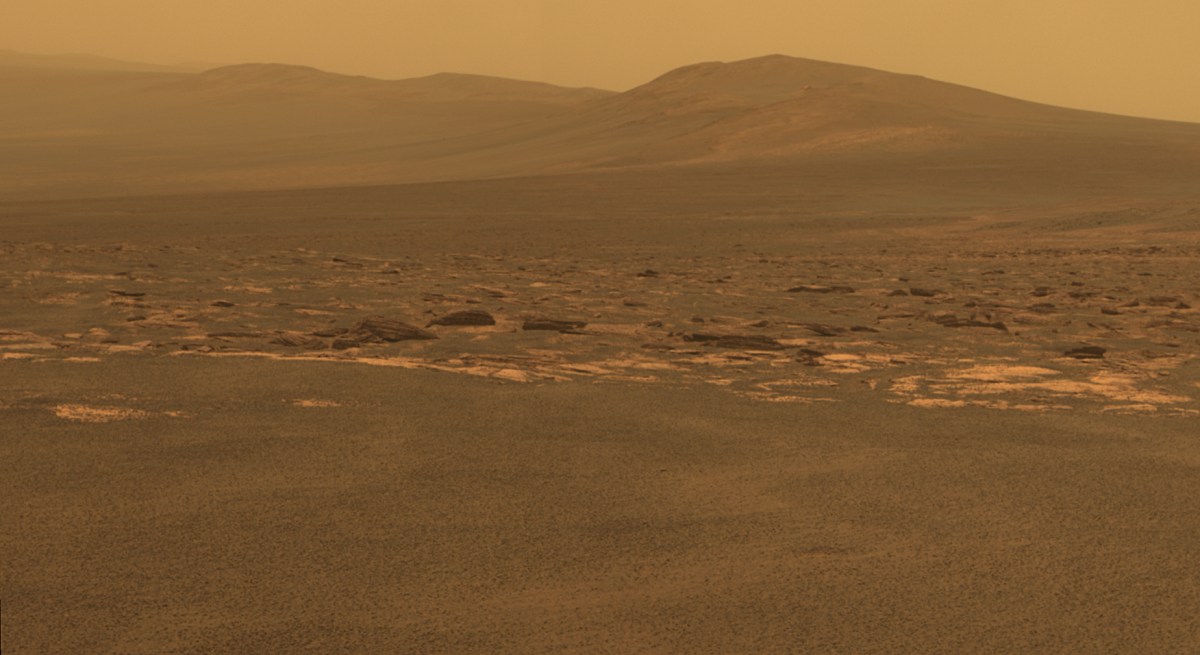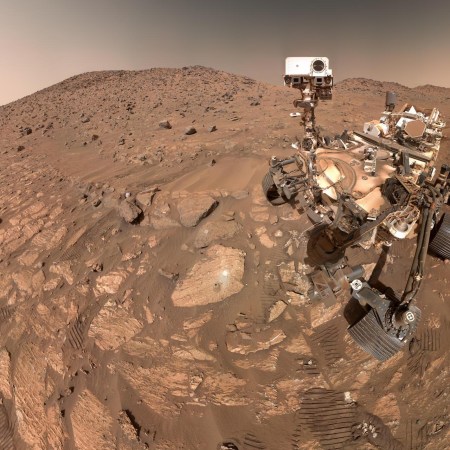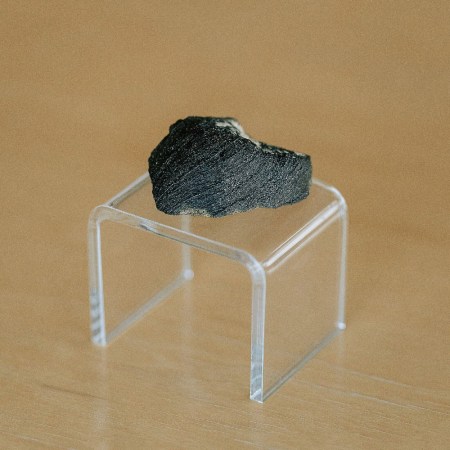For centuries, humans have been intrigued by the next planet over, Mars. There are countless reasons why we’re curious about the Red Planet, from what can tell us about the history of the solar system to whether or not it might be able to support life. And that’s before you get into the stories in which the planet in question has loomed large, which range from alternate histories to politically-minded science fiction.
Simon Morden has an educational background in planetary geology, and applied that knowledge to a new work of nonfiction about Mars. Literary Hub published an excerpt from it, which offers a thoughtful look into why Mars’s geology is relevant to those of us on Earth — and why certain properties of Mars allow Earthbound geologists to get a better understanding of it without ever setting foot there.
Morden writes about counting craters to get a better sense of Martian history. Or, as he phrases it, “a careful, painstaking examination of the surface geology of Mars reveals a chronology of events.”
Why this is the case is especially intriguing. Unlike Earth, where plate tectonics continue to cause continents to shift over time, Mars’s version of this period is long past. As a result, writes Morden, “the whole of Mars has a basement of crust that dates all the way back to when it froze out of the global melting event, 4.5 billion years ago.”
From there, scientists can look at the craters on the surface (and sometimes, the craters within craters) and get an idea of when those impacts took place. It’s an unexpected way to gaze into the past — and it’s through the Red Planet’s unique qualities that scientists can carry it out.
Thanks for reading InsideHook. Sign up for our daily newsletter and be in the know.


















